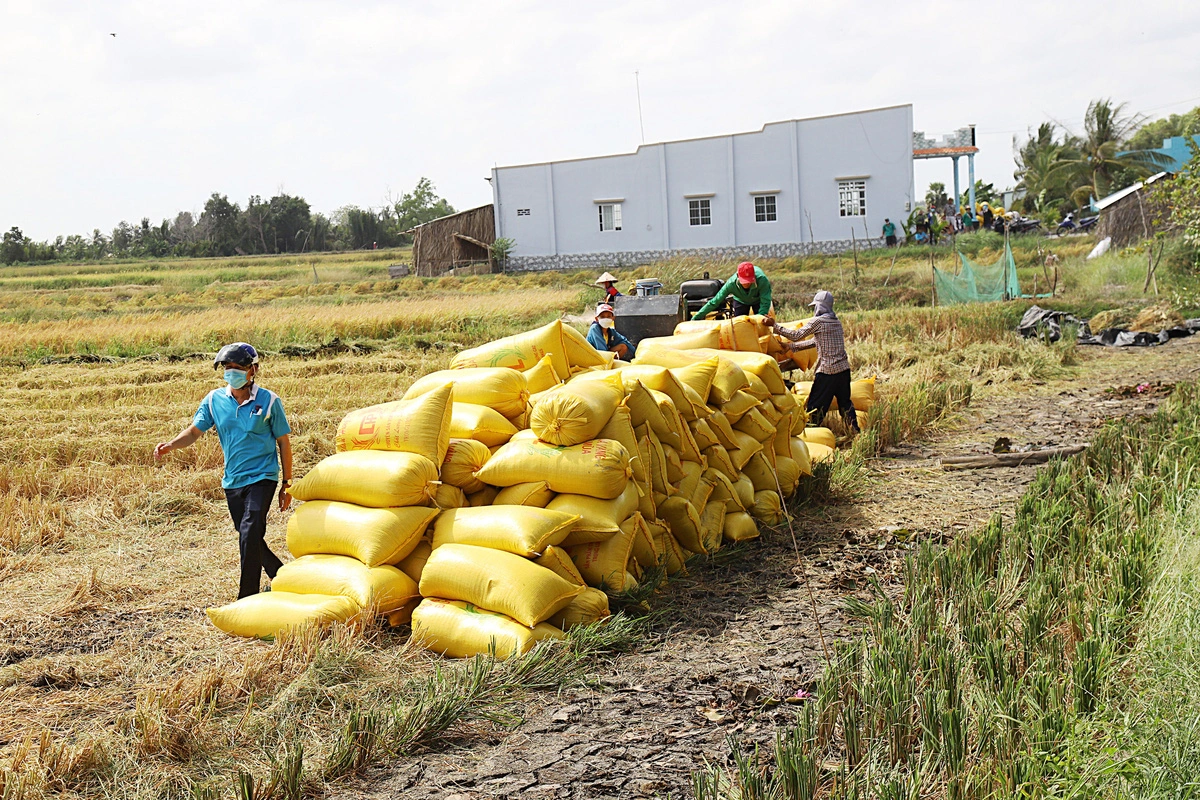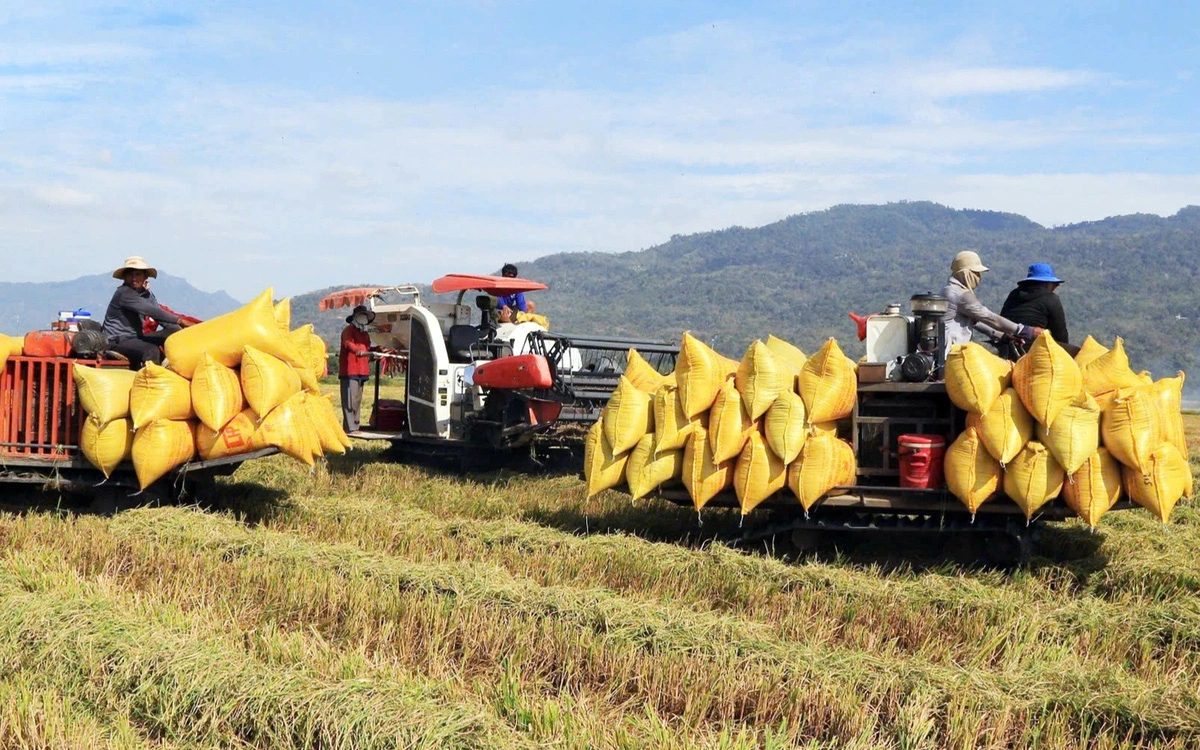Vietnam, one of the world’s top rice exporters, is expected to import nearly US$1 billion worth of rice by the end of 2024, according to the General Department of Vietnam Customs.
The Southeast Asian country spent $850 million on rice imports in January-August, compared to last year's total spending of $860 million.
Low rice import prices
Farmers have rushed to cultivate high-cost rice, which is not appropriate for noodle and rice paper production. As a result, producers of these products must use imported rice and admit the import market is bustling with diversified products.
Many enterprises have imported rice for food and animal feed production, said Nguyen Long, a trader of rice imported from India in Ho Chi Minh City.
Long noted that the price of Vietnam’s five-percent broken rice has occasionally reached nearly $580 per metric ton, with export prices outpacing those of Thailand and Pakistan by $40 per metric ton.
In comparison, rice import pricing ranges from $480 to $500 per metric ton.
The large gap has discouraged enterprises that produce noodles, cakes, and other products from using domestic rice, Long explained.
Nguyen Thi Anh, a noodle producer in Quang Ngai Province, central Vietnam, said she needs five metric tons of rice to produce one metric ton of fresh noodles daily.
Domestic rice prices have surged to VND17,000 ($0.7) per kilogram from VND12,000 ($0.5), while the noodle price has stayed consistent.
Nguyen Thi Anh has shifted to imported rice, priced at VND10,000-12,000 ($0.4-0.5) per kilogram, transported from Ho Chi Minh City.
The owner of a dried noodle production facility in Binh Dinh Province, south-central Vietnam revealed that over the past five years, 40 percent of the rice used for their exports has been imported.
Rice imports cause no impact on local production
Vietnam’s rice output is abundant to ensure national food security, national reserves, and exports. The country exports some 6-6.5 metric tons of rice per year, according to the Ministry of Industry and Trade.
|
|
| Vietnam spent nearly $850 million on rice imports in January-August 2024. Photo: Thien Huong / Tuoi Tre |
P.C.T., the owner of a rice mill in southern An Giang Province, said Vietnam began increasing rice imports in 2019, mainly from India, Myanmar, Pakistan, and Cambodia, which has helped prevent Vietnamese rice prices from soaring.
A leader of the Ministry of Agriculture and Rural Development said Vietnam annually buys over one million metric tons of rice from Cambodia, India, and other markets. However, this has no impact on local production due to the different rice varieties, the official added.
According to the Ministry of Agriculture and Rural Development, by 2030 Vietnam will have produced 43 million metric tons of unhusked rice annually with the current seven million hectares of rice fields.
The country uses 29.5 million metric tons of unhusked rice for national food security, animal feed production, and reserves. The remaining 13.5 million metric tons of unhusked rice, equivalent to 7-8 million metric tons of rice, is for export.
Vietnam’s rice export prices remain strong, according to the Vietnam Food Association. Currently, 100-percent broken rice is priced at $452 per metric ton, five-percent broken rice at $563 per metric ton, and 25-percent broken rice at $533 per metric ton.
The General Department of Vietnam Customs reported that the country exported 6.15 million metric tons of rice in January-August, generating over $3.85 billion, a 5.8-percent increase in volume and a 27-percent rise in value.
Nguyen Van Thanh, a member of the Vietnam Food Association, noted that domestic demand for low-cost rice has risen, while rice farming areas have decreased due to a shift toward shrimp farming in some Mekong Delta localities.
He added that importing low-cost rice allows local processing firms to maintain profitability without affecting domestic rice production, while also helping to stabilize Vietnam’s rice export prices.
Like us on Facebook or follow us on Twitter to get the latest news about Vietnam!


















































